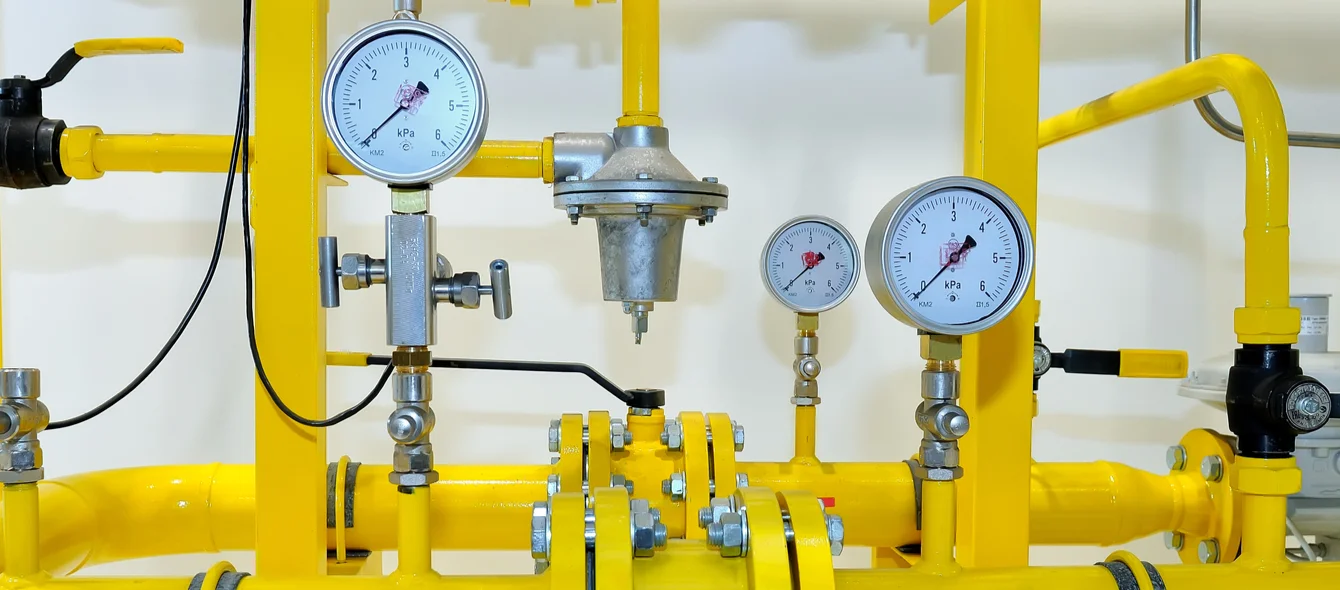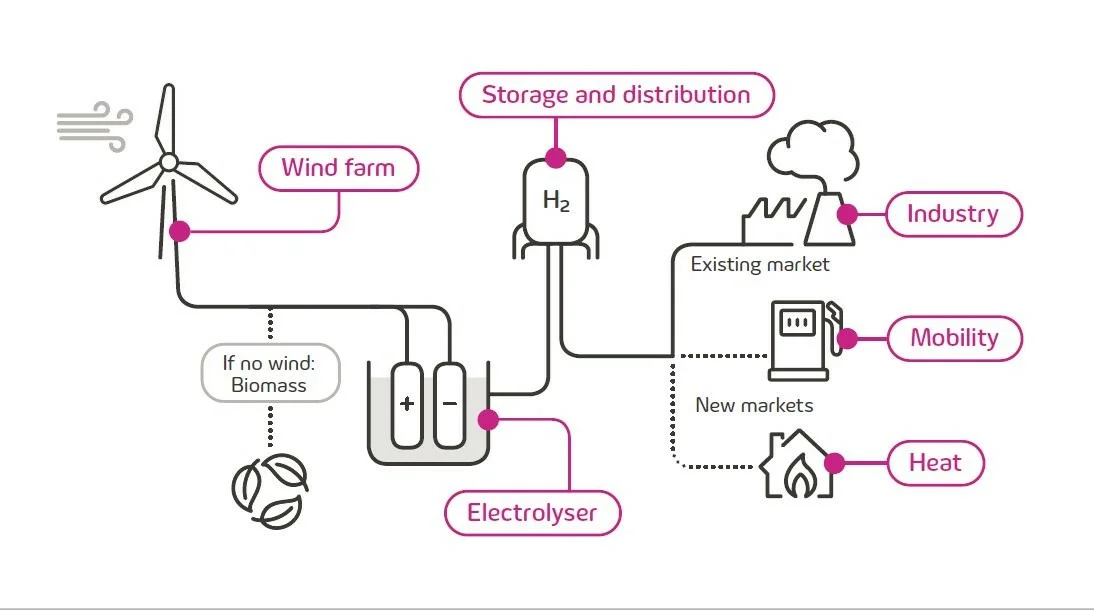In November 2018, the UK’s Committee on Climate Change (UK CCC) found that hydrogen was a credible option for the next stage of the UK’s energy transition.
In its report of May 2019, Net Zero The UK’s contribution to stopping global warming, the committee said “by 2050, a new low-carbon industry is needed with UK hydrogen production capacity of comparable size to the UK’s current fleet of gas-fired power stations.”
In pursuit of this objective, in January this year, the UK’s first grid-injected hydrogen pilot project, HyDeploy, got underway at the University of Keele, achieving full operational status.
Raising the blend
HyDeploy is supposed to inject up to 20% hydrogen by volume into the University of Keele’s gas grid, helping to heat 100 homes and 30 faculty buildings. “The project has been progressing as expected. Gas appliances are working normally and residents are very positive about the project“, Sara Wilcox, spokeswoman of distribution network operator Cadent Gas, the leading project partner, told the en:former at the end of April. “We had reached a consistent level of 15% and we were heading towards 20% when, unfortunately, the Covid-19 lockdown meant we had to temporarily suspend blending, as engineers could not get access to the campus to monitor and maintain the equipment. We will aim to resume blending as soon as the restrictions are lifted.”
The hydrogen is produced using a state-of-the-art electrolyser supplied by UK company ITM Power, which uses electricity to split water into hydrogen and oxygen. The hydrogen is fed into the gas grid lowering the overall emissions of the gas system as hydrogen does not produce carbon dioxide when burnt.
This opens the way to a system in which renewably-generated electricity, for example at times of surplus wind generation, is used by the electrolyser to produce and store hydrogen for heating, creating a low carbon power-to-heat process.
The HyDeploy project
This has benefits for both the electricity and gas systems.
First, it increases the efficiency of the electrical system, as it avoids potential curtailment of excess renewable electricity, providing a means of energy storage in the form of hydrogen fuel.
Second, it facilitates the decarbonisation of UK heating, which is currently overwhelmingly dependent on natural gas. HyDeploy says 83% of UK homes use natural gas for heating and that heating for homes and industry accounts for one third of the country’s carbon emissions.
Third, use of the existing natural gas grid to deliver hydrogen would avoid investing in the new delivery and storage infrastructure which an alternative fuel might require.
Hydrogen has a volumetric high heating value of 12.7 megajoules per cubic meter at a pressure of 1 bar and temperature of 25° Celsius, compared with 40.0 for natural gas. The 20% mix by volume – at these temperatures and pressures – would therefore produce 13.7% less heat per cubic metre of blended gas than CH4. In order to produce the same amount of heat 15.8% more blended gas would be required by volume, which would represent a 7.4% reduction in CH4 usage.
Gas grid upgrades?
The 20% hydrogen/natural gas blend is the highest trialled in Europe and required a special exemption from the UK’s Health and Safety Executive to exceed the current 0.1% UK limit on hydrogen content in grid gas. This exemption was granted following the gathering of extensive evidence that a 20% mix by volume would be just as safe as natural gas.
The regulatory limit exists in part to make sure gas quality in the UK is standardized. Introducing more hydrogen into the system changes the chemical composition of the gas mix. This might have unintended effects, such as the erosion of gas pipes or the malfunctioning of gas burners and other equipment. If so, the need to replace or upgrade this infrastructure would add significant costs to the development of a hydrogen economy.
However, if a higher hydrogen blend has no ill effects then it opens the way to using existing infrastructure to deliver a lower carbon gas mix at relatively low cost. This is what HyDeploy aims to prove.
There are certainly grounds for optimism as higher hydrogen blends are already allowed in some European countries. The current 0.1% limit in the UK is more of a regulatory than a technical barrier, and HyDeploy aims to show that much more hydrogen could be safely used with the existing gas system.
The Netherlands, for example, allows up to 12% hydrogen content, Germany between 5% and 10%, depending on the region, and France 7%.
Scaling up
HyDeploy’s pilot project is an important step forward, but significant barriers remain in the scaling up of hydrogen energy systems.
Only a very small proportion of hydrogen today is produced by electrolysers, with the vast majority made by steam reforming natural gas.
Producing sufficient hydrogen cleanly to decarbonize even a proportion of UK gas use will require a huge scaling up of electrolyser capacity.
ITM power says that, according to the UK CCC, the UK will need between 6 GW and 17 GW of electrolysis capacity in the next 30 years to implement its low carbon hydrogen ambitions.
The UK is making good progress in decarbonising its electricity generation, but rising power demand for hydrogen production to decarbonise heat, while providing the flexibility of energy storage, would also create additional electricity demand. Hydrogen is an energy vector rather than a source of energy itself. This makes it imperative to increase the UK’s renewable generating capacity and meet or even exceed the government’s current 40 GW of offshore wind by 2030 target.
HyDeploy’s pilot therefore represents an important avenue of innovation on the pathway to more hydrogen deployment. Other means of gas, and therefore heat, decarbonisation include mixing biomethane into the gas grid along with hydrogen and natural gas, or developing carbon capture and storage for steam reforming to decarbonise existing bulk means of hydrogen production.
The ultimate goal is to bring together the electricity and gas systems in a way that provides mutual benefits and a low carbon energy system at the lowest cost.
Photo credit: © shutterstock.com, FedotovAnatoly

